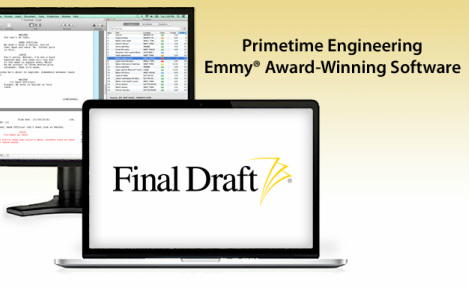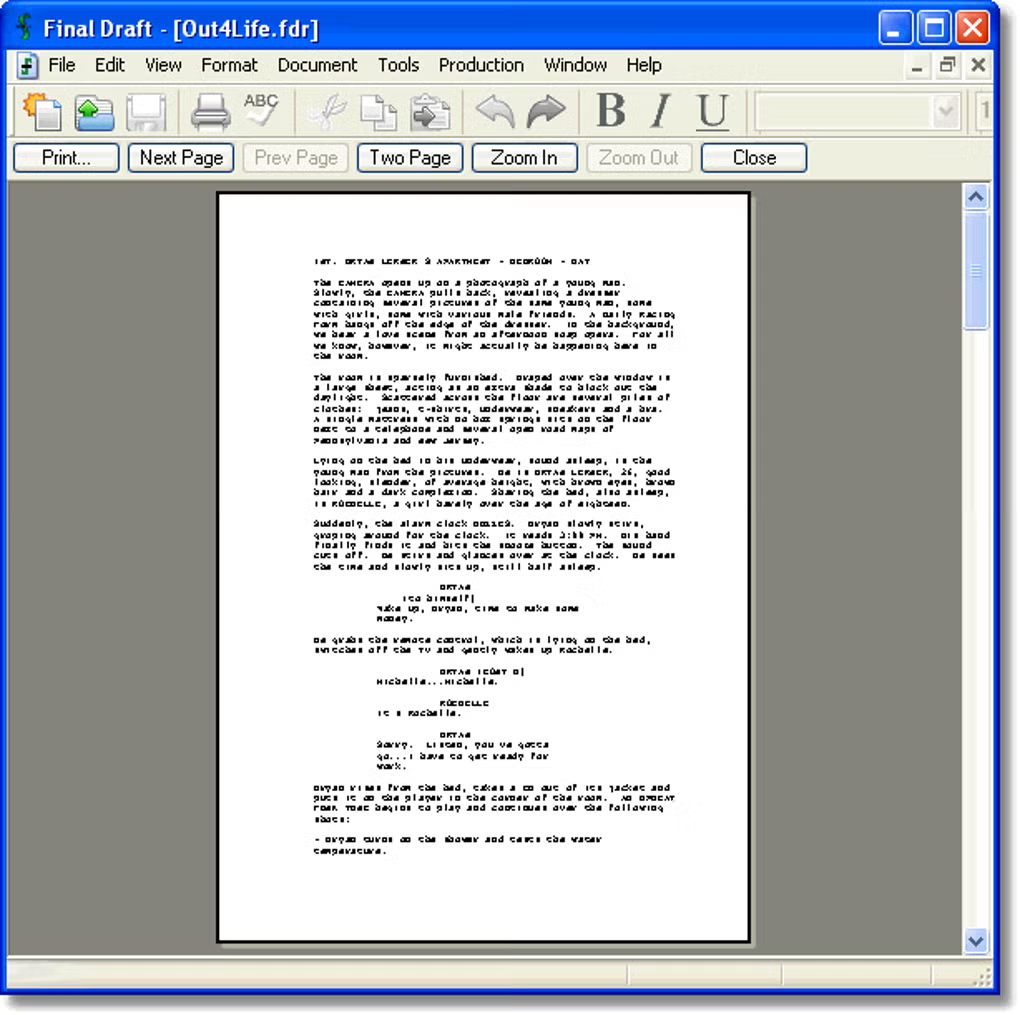

Whether you’re a screenwriter more familiar with your story than anyone else or a producer/production manager/1st AD reading the script for the first time, an integral part of the script breakdown process is performing a full, objective read-through of the script to appreciate its creative appeal as an audience member.

Read The Script The Way an Audience Member Would
#Final draft pro tagger tutorial how to#
If you’d prefer to learn from watching a masterclass video from Celtx’s very own Product Manager, Lisa Vatcher, check out our video below and fast forward to the 22 minute mark where she really digs into how to do a script breakdown where she breakdown the famous movie – Good Will Hunting.

So, what actually goes into a script breakdown? And what do you need to do in order to turn your storytelling passion into a production-ready action plan? Everything you need to know about script breakdowns is detailed below in our ultimate tell-all guide. More often this is the responsibility of either 1) the producer, who in an effort to get your script financed and supported, needs to create a tangible and high-level plan for department heads and network/studio executives to understand, or 2) a 1st Assistant Director (or 1st AD) responsible for understanding how to actually shoot your script and delegating that shooting plan to the rest of the crew members. Keep in mind: in the upper echelons of Hollywood, this job is rarely done by the scriptwriter themselves. Other Popular Celtx Resources: Storyboard templates from Celtx It’s a conversion from story-driven creative document into a concrete, accessible production plan that every member of a production crew can interpret. Think of it as a translation from “creative ideas” to “production to-do’s,” or as an adaptation from “detailed recipe” into a digestible “list of ingredients” that production managers can use to actually bring your script to life.Ī script breakdown is the in-depth process of tagging, highlighting, and organizing each and every “element” of your script to fully understand every requirement needed to prepare, budget, schedule, and ultimately film your entire screenplay. The next organic step in the writing, production, or creative process is converting your proud screenplay into a production-ready blueprint that paves a logistical road for crew members to follow and execute. This will automatically help format your script for you in an easy, modern and efficient manner.


 0 kommentar(er)
0 kommentar(er)
